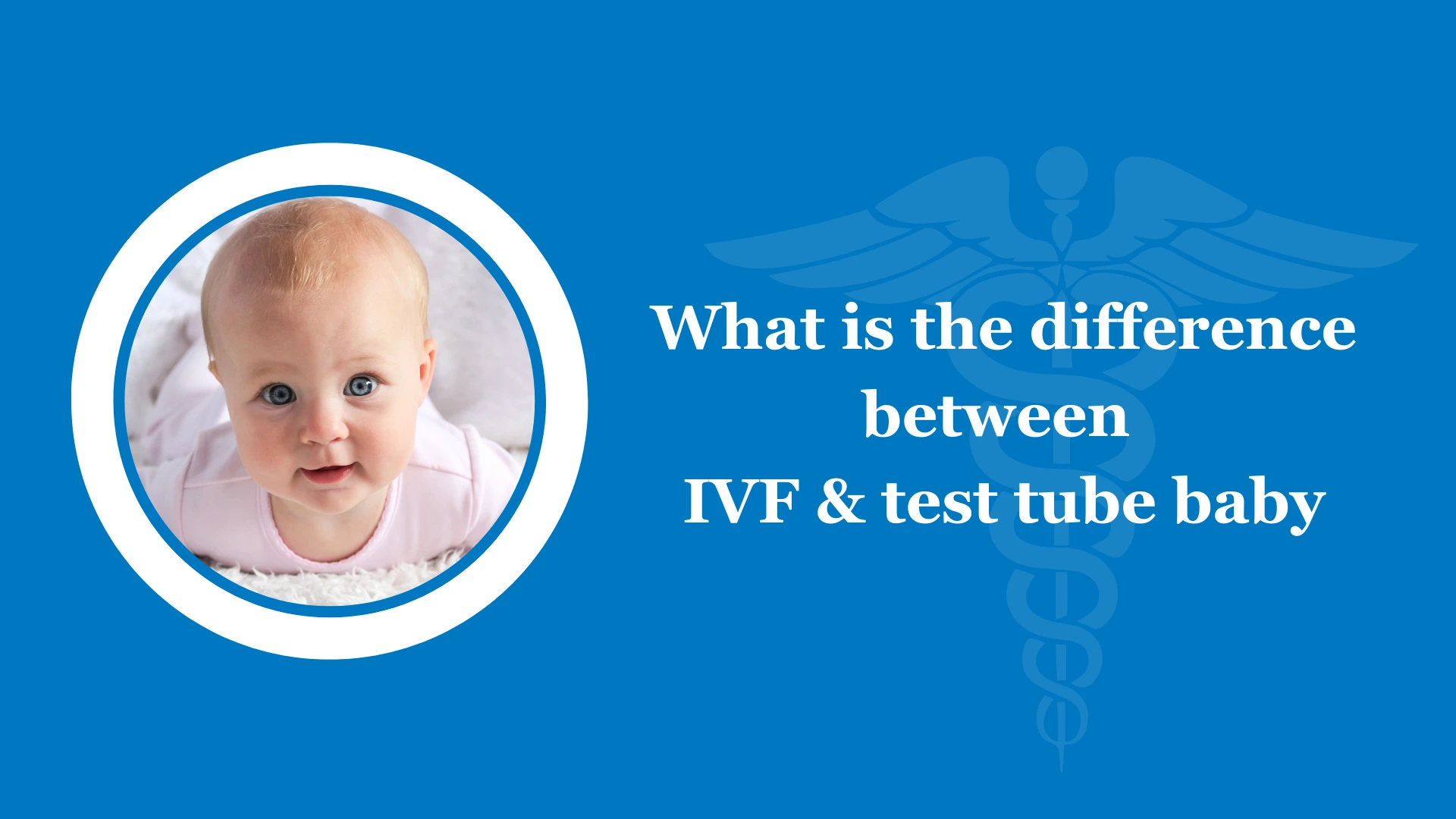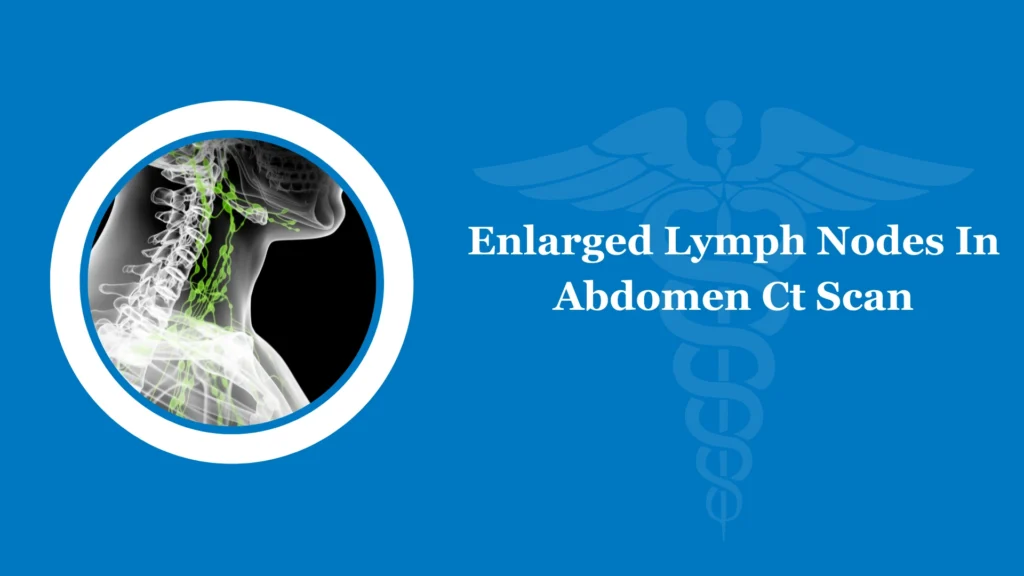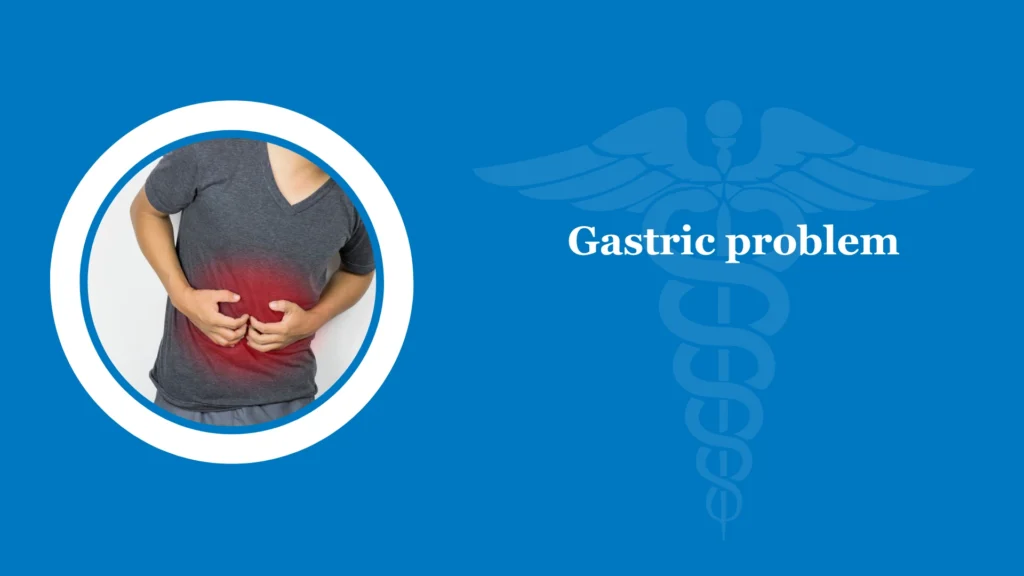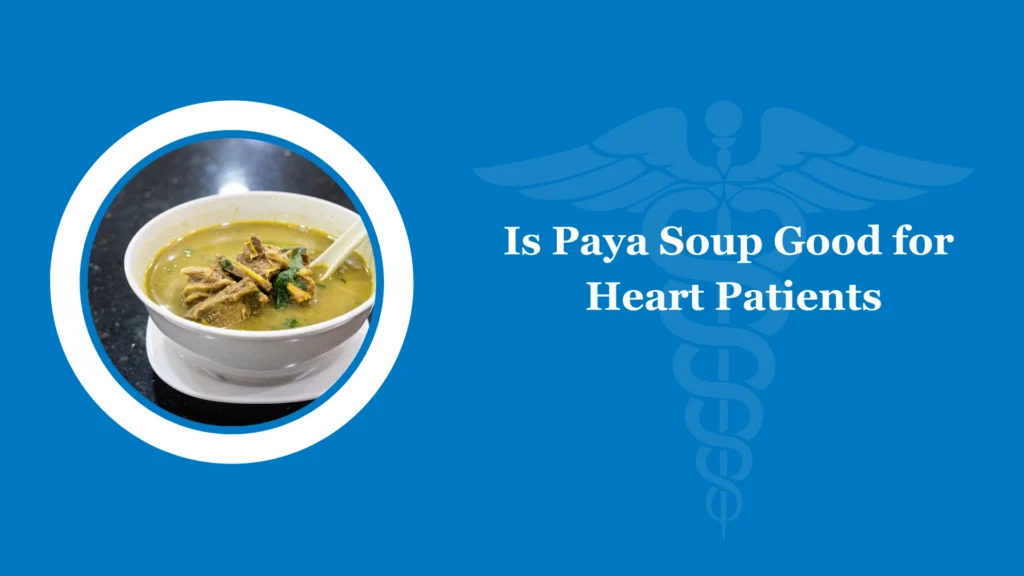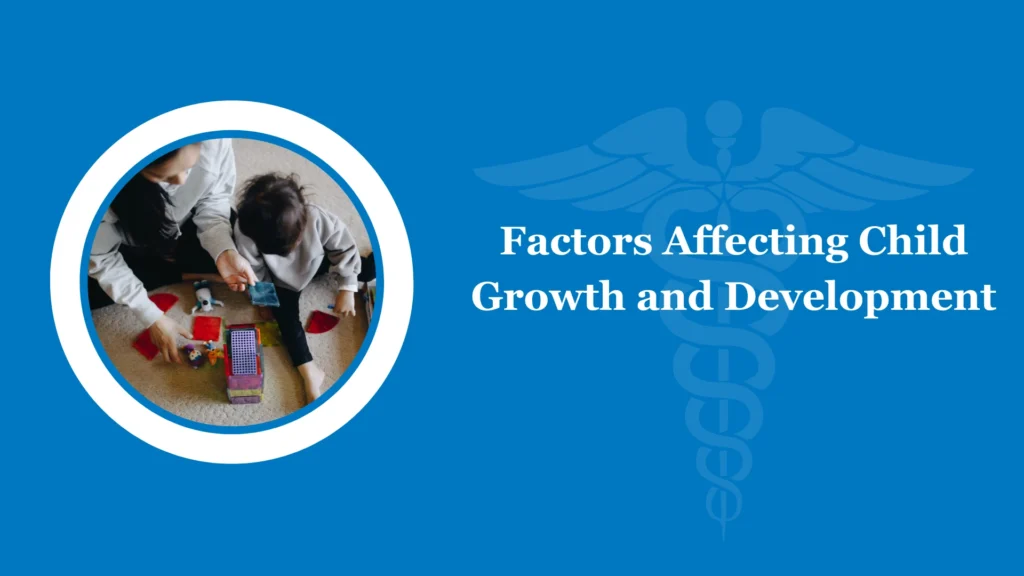Carrying a child with a leading innovative technology of this modern world. You may disturbed by many infertility issues. But the complexities accompanied in expecting a baby is avoided by this technique. But for this you need an expert’s advice and care. The real facts about the IVF treatment and test tube babies are both the same. They just differ by their name only.
What is the difference between IVF and a test tube baby?
A latin word which means an embryo is formed within the glass i.e outside of a woman’s body. It is a type of infertility treatment, in which one or more eggs are removed from an ovary and fertilised in a lab and then implanted back into the uterus of a woman.
The eggs are fertilised in a petri dish or test tube and thus occurred the colloquial name test tube baby. There is no difference between IVF and a test tube baby. The usage of words only differs. IVF is used by your healthcare provider whereas test tube baby is used by the common people.
Who All Needs the IVF or Test Tube Baby Treatments?
If you and your partner are not able to conceive naturally then IVF is a good choice for you. In natural conception, the sperm directly travels into the cervix and forms an embryo, which is a fertilised egg then implanted into the uterine wall for pregnancy.
If this natural process is not attained by any couples due to many factors there comes fertility treatments. These Treatments help couples to get pregnant according to several medical examinations and procedures.
Individuals who already failed in other fertility treatments like medicines, surgical method or artificial insemination (IUI), may go for IVF treatments. If you or your partner may suffer from several reproductive health issues can also try this Invitro fertilisation method.
- Fallopian tube impairment
- Advanced maternal age ( nearing 38 )
- Individual with severe Endometriosis
- Male infertility
- Ovarian related problems like PCOS and others
- Unsuccessful artificial insemination
- Uterus problem
- Unknown infertility
- Risk of having genetic disorder
- Using surrogate mother or egg donor
The procedure of IVF or test tube baby
With leading and innovative technology, an individual can experience good care and administration for getting pregnant easily . Through IVF, the eggs are retrieved from the ovary of the woman and then implanted back into the uterus after the fertilisation process. This may involve several procedures and steps throughout the process.
Before your IVF treatment you may undergo pre-treatment cycle testing including blood test and ultrasound for analysing your medical condition and the capacity of your womb to bear the newborn.
Ovarian stimulation
This treatment increases the number of eggs as well as induce ovulation and also improves the chances of getting pregnant. This can be attained by taking medications or by having inducing injections for leveraging FSH ( Follicle Stimulating Hormone) and LH ( Luteinizing Hormone).
If you are guided to take medication then you must follow a strict diet and chart for taking the medicines properly without any missing. For injection it will take around 8- 14 days, to increase the count of mature eggs. Regular blood tests and ultrasound can be needed to monitor the hormonal changes in your body and the dosage must be adjusted to ensure enough follicles are stimulated.
Egg & sperm retrieval
When your healthy follicles reach 18 – 20 mm in diameter in size then your eggs are ready to pick up. You will be advised to take the last dosage of your injections and after 36 hours of your last dosage your egg is harvested.
Your doctor will push a needle attached to the probe through your uterus and into the cervix, a developed follicle is punctured and collects the fluids in test tubes and labelled for laboratory use. An embryologist will isolate your egg and freeze it for further fertilisation procedure.
Meanwhile your partner is also guided to provide his sperm collection either by conventional method or surgical procedure and selected the motile sperm for further process.
Fertilization and embryo culture
Fertlisation of eggs can be done by injecting a sperm into the eggs and allowing them to fertilise for the whole night. The other method is injecting a single sperm collected from the male partner into the egg directly using ICSI methodology.
Embryo transfer
This also has two types including fresh and frozen embryo transfer. In fresh embryo transfer your health care provider may implant your embryo into your uterus where it grows into your baby. Frozen method can be used for future pregnancy.
Cost of IVF and Test Tube Baby in India
The average cost of the IVF or test tube baby treatment is around one to four lakhs per cycle. It also depends on the fertility centre you are approaching
Conclusion
IVF is a best choice for couples who are struggling to get pregnant naturally. You always have a possible chance for making your fertility journey to be more successful. Under the supervision of expert doctors with utmost care and attention you achieve your pregnancy.
FAQs
Do IVF babies look like their parents?
The babies typically look like their parents because they have their parents’ DNA with them. The DNA denotes the parents resembling
Do test tube babies look like their parents?
In all treatments the babies are the same looking like their parents. They differ by name only. Babies usually resemble their parents because of having their DNA with them.
What is the total cost of test-tube baby?
It may differ to fertility centres you are approaching for treatment. But for one cycle it may cost around one lakh to four lakhs for infertility treatments.
What is the male and female age limit for test tube babies?
Women at the age of 20 and 30 can easily get conceived either naturally or artificially. In IVF treatment the ideal age limit for having test tube babies for women is 50 and for male is 55.
